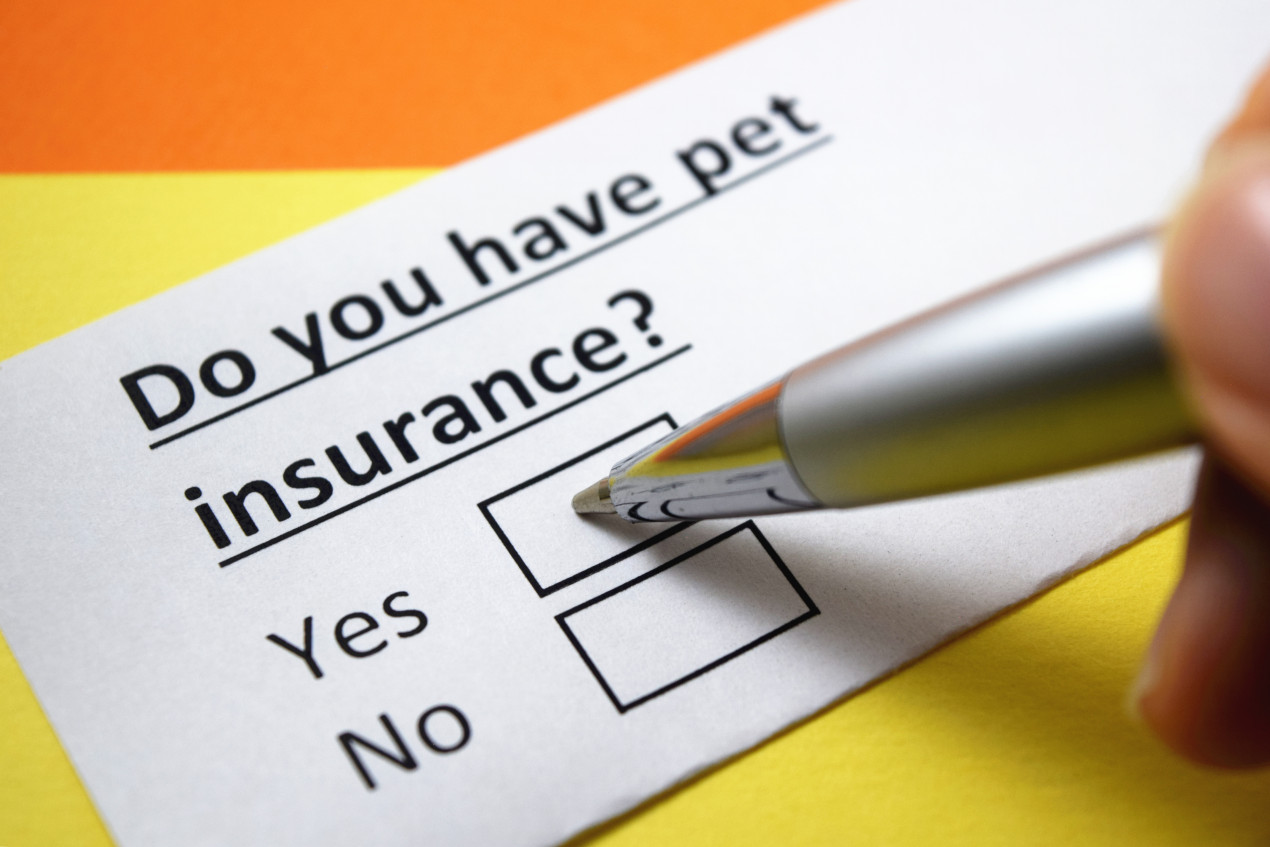
Professional standards director, Laura Playforth, looks at the issue of pet insurance
Owning a pet is a privilege – and it’s a privilege that brings with it a big financial responsibility.
One recent report put the overall cost of having a dog at between £21,000 and £33,000, depending on the size and breed. Cats are said to cost their owners at least £12,000 over their lifetime. Rabbits are only marginally cheaper.
Much of these costs are related to food, routine health care and things like grooming and boarding kennel bills.
But there are also unexpected costs. For example, it’s estimated that 92% of pets will need emergency veterinary treatment at some stage in their lives.
One of the simplest ways to offset these costs is to take out pet insurance.

What does pet insurance cover?
It primarily provides cover for unexpected veterinary fees if your pet is injured or ill.
While all policies vary, some will also reimburse you if you have to:
- Pay a kennel or cattery because of going into hospital yourself
- Cancel a holiday because your pet has fallen ill
- Put up a reward for returning a lost or stolen pet
- Pay to advertise for a lost or stolen pet
- Pay for veterinary treatment while you’re on holiday abroad
Some policies may also include third-party liability cover – so you’re not hit financially if your dog injures someone or damages their property (such as a car in a road traffic accident), while others will pay out if your pet dies before a certain age as a result of illness or injury.
How much is pet insurance?
According to the most recent data, it costs £271 a year on average. However, this amount takes into account all pets, including small animals such as hamsters or rabbits, so the average cost of a premium for a cat or dog is likely to be higher than this.
The market is very competitive and there’s lots of choice so be sure to shop around and to seek advice from your daytime vet on the level of cover you might need.
At the moment only one in three of the 8.5 million dog owners and one in six of the 7.5 million cat owners in the UK have pet insurance. They make, on average, more than 2,500 claims a day on their policies, collectively receiving £1.8 million in payouts.

Is pet insurance worth it?
Pet cover is certainly worth it as long as you choose your policy carefully. At the last count in 2016, the average payout stood at £757. In the same year, insurance firms dealt with more than 700,000 claims for dogs, worth £550 million, and 193,000 claims for cats, worth £112 million.
These figures demonstrate how regularly pet owners rely on pet insurance and how much they’d have to pay out from their own pockets if they didn’t have it.
What types of pet insurance are there?
There are lots of different types of policies, all catering for different needs. Many limit the amount you can claim, either across a specific time period or for individual conditions. Always check the small print carefully before you sign on the dotted line.
The most common policies are:
- Lifetime or lifelong – these insure pets for new medical conditions or illnesses and cover a set amount each year. Each time you renew your policy the full amount is made available again.
- Accident-only – these provide a fixed sum for each accidental injury and potentially also towards the cost of emergency treatment for an injury. Some policies have a 12-month time limit.
- Maximum-benefit or money-limited – these cover your pet for each illness and injury until the maximum amount has been spent. There is typically no time limit on reaching this amount.
- Time-limited – these provide a fixed sum to cover your pet for each illness and injury. You are usually restricted to claiming within 12 months of the illness or injury occurring.

What impacts on the price of pet insurance?
Several factors have a bearing on the price. These include:
- Excess – this is the contribution owners agree to make towards the cost of a claim. Opting for a high excess should result in a lower annual premium.
- Where you live – premiums in towns and cities are often higher than in rural areas.
- Pet’s age – older pets tend to cost more to insure and some firms won’t take on pedigree dogs over the age of five or six or other breeds over the age of eight.
- Pet’s breed – insurance premiums are usually lower for crossbreeds than for pedigree pets as they are less likely to suffer inherited medical conditions or be stolen.
- Past claims – don’t be surprised if your premiums go up following a major claim.
- Responsible ownership – insurance firms will look more kindly on owners who ensure their puppies and kittens are microchipped and annual vaccinations are kept up to date.
What level of pet insurance should I take out?
Consumer champions Which? recommend taking out a policy with at least £7,000 of medical cover a year for pedigree dogs and £4,000 for non-pedigrees. Cat owners are urged to get at least £3,000 of annual cover. They advise: “Lower cover is worth considering only if it’s all you can afford.”
As well as researching policies and checking the small print, speak to your vet about hereditary problems or common conditions your dog may suffer.
